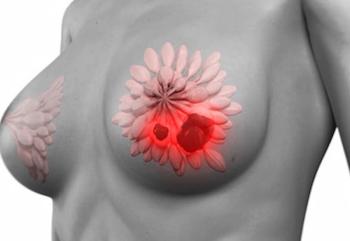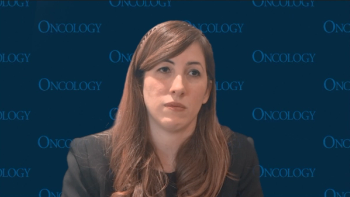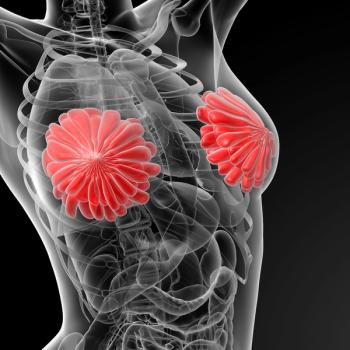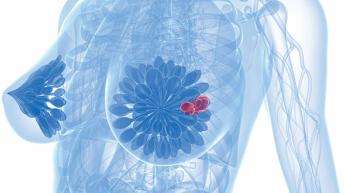
Oncology NEWS International
- Oncology NEWS International Vol 8 No 12
- Volume 8
- Issue 12
Brown Seaweed May Have Potential as a Breast Cancer Preventive
DALLAS-Consumption of seaweed and soy may contribute to the lower rates of postmenopausal breast cancer seen in Japan, and seaweed/soy supplementation could be a potential cancer preventive in this country, Jane Teas, PhD, of the University of South Carolina, said at the Susan G. Komen Foundation National Grant Conference.
DALLASConsumption of seaweed and soy may contribute to the lower rates of postmenopausal breast cancer seen in Japan, and seaweed/soy supplementation could be a potential cancer preventive in this country, Jane Teas, PhD, of the University of South Carolina, said at the Susan G. Komen Foundation National Grant Conference.
In a preliminary study of healthy postmenopausal women, Dr. Teas found that use of seaweed and soy supplements affected the womens hormone levels.
In this study, 12 healthy postmenopausal women, half of whom had been treated for early breast cancer, received 5 g/d of a low-iodine brown seaweed supplement (Alaria esculenta) for 6 weeks and seaweed plus a powdered soy supplement for 21 weeks. The results suggest a synergistic interaction between seaweed and soy, she said.
Of particular interest in our study was the change in urinary estrogen metabolites associated with cancer, Dr. Teas said. She noted that women with breast cancer have been shown to have a lower ratio of 2-hydroxyestrone to 16-alpha-hydroxyestrone than do healthy women. We found that seaweed and soy favorably increased this ratio, and the increase in 2-hydroxyestrone was significant.
The study also showed that for several variables, women who had been treated for breast cancer had different patterns of hormonal response than women who had never had breast cancer. Said Dr. Teas, This suggests that diet after breast cancer treatment could be an important area for study.
Articles in this issue
about 26 years ago
SWOG to Study Docetaxel/Estramustine in Advanced Prostate Cancerabout 26 years ago
US Smoking Rates No Longer Falling, Due to More Young Smokersabout 26 years ago
Americans Favor Higher Cigarette Tax to Balance the Budgetabout 26 years ago
Saint Vincents Hospital Opens Comprehensive Cancer Centerabout 26 years ago
New Breast Biopsy Techniques Allow ‘One-Stop’ Proceduresabout 26 years ago
Director of NCI Mentioned as a Candidate to Head NIHabout 26 years ago
Challenges in Designing Chemoprevention Trialsabout 26 years ago
Black Women Underrepresented in Breast Cancer Trialsabout 26 years ago
UnitedHealthcare Plan Gives Physicians Final Say on Careabout 26 years ago
New Agents, Sequential Schedules Hold PromiseNewsletter
Stay up to date on recent advances in the multidisciplinary approach to cancer.

















































































